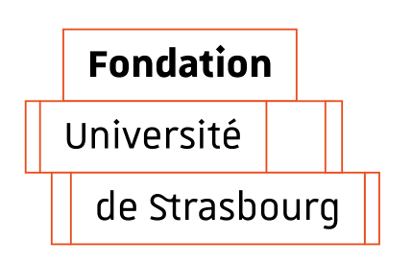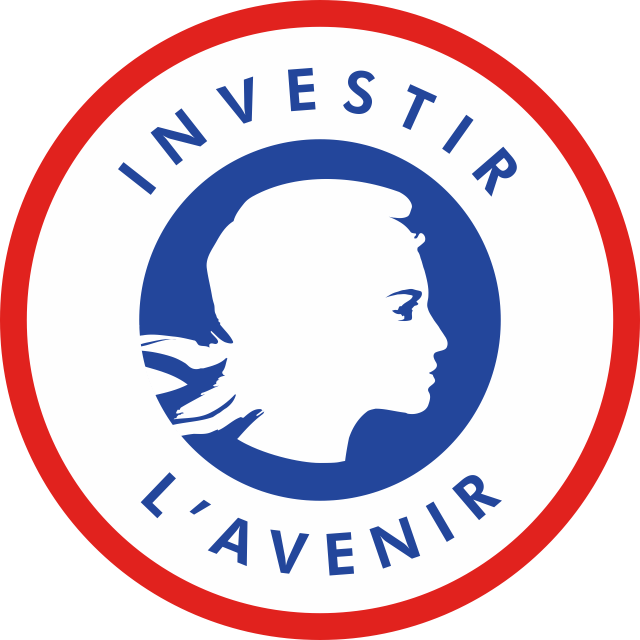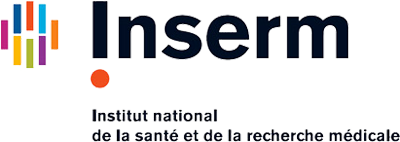Geophysical modelling 1
- Cours (CM) -
- Cours intégrés (CI) 24h
- Travaux dirigés (TD) -
- Travaux pratiques (TP) -
- Travail étudiant (TE) -
Langue de l'enseignement : Anglais
Niveau de l'enseignement : C1-Autonome - Utilisateur expérimenté
Description du contenu de l'enseignement
This module is divided into two parts:
- First Part dedicated to forward modeling and reverse modeling of electrical and electromagnetic geophysical data. Following a recall of the basics of electrical (VES, ERT) and electromagnetic (TDEM, MT) imaging, students learn to calculate the direct response to 1D and 2D electric resistivity models using various software tools (e.g. EMMA, RES2DMOD). Then they are led to write their own direct modeling program in Python. Finally, they become familiar with a 2D ERT data inversion tool (RES2DINV), commonly used in the industry.
- Direct modeling of GPR and seismic waves in Python/Matlab, GPR and Seismic migration. GPR/seismic processing; Normal move Out (NMO), Velocity Analysis, f-k and tau-p Filtering, Migration/Modeling in f-k and x-t Domain.
Compétences à acquérir
- Understanding the differences between apparent and “true” resistivity. Understanding the notion of non-uniqueness of the inverse model (equivalence, deletion). Ability to visualize 1D and 2D geophysical data using Python. Be able to assess the effectiveness of a geophysical method in a given context by means of the sensitivity studying.
- Understanding the differences between GPR and seismic waves and their specific processing. Understanding subsurface imaging using GPR and seismic waves. Be able to model both types of waves in 1D/2D.
Contact
Responsable
Maksim Bano
MASTER - Sciences de la Terre et des planètes, environnement






